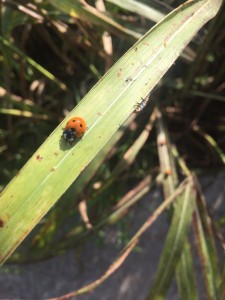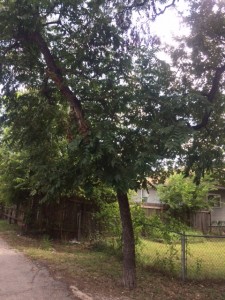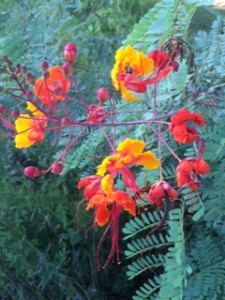“Ladybird? What’s a ladybird?” Upon identifying my first species for this blog, I was confused at this name. Also, I quickly learned that the general term ‘ladybug’ that we all know and use isn’t actually correct. They are actually lady beetles! This lady beetle in particular is called a seven-spotted ladybird (Coccinella septempunctata). While I normally think of seeing ladybugs…beetles…as a pretty neat and rare occurrence, this time was quite different. I found these on a patch of over grown grass along a fairly busy road that sways the grass violently every time a car passes. And yet, there were many of these present in this grassy area, full grown and in the larva state, too. After posting my observation on iNaturalist, I found out that this species was introduced to Travis county by anthropogenic means. According to another website , they are classified as non-native. They are thought to have impacts on other Coccinella species, having outcompeted certain native species in North America. So now whenever I see this certain type of ladybug/beetle/bird, instead of thinking about how cute a beetle can seem to be, I will think more about the broader impacts it could have on species composition in certain ecosystems.


References: http://texasento.net/TXCoccinellidae.htm; http://www.inaturalist.org/taxa/51702-Coccinella-septempunctata











